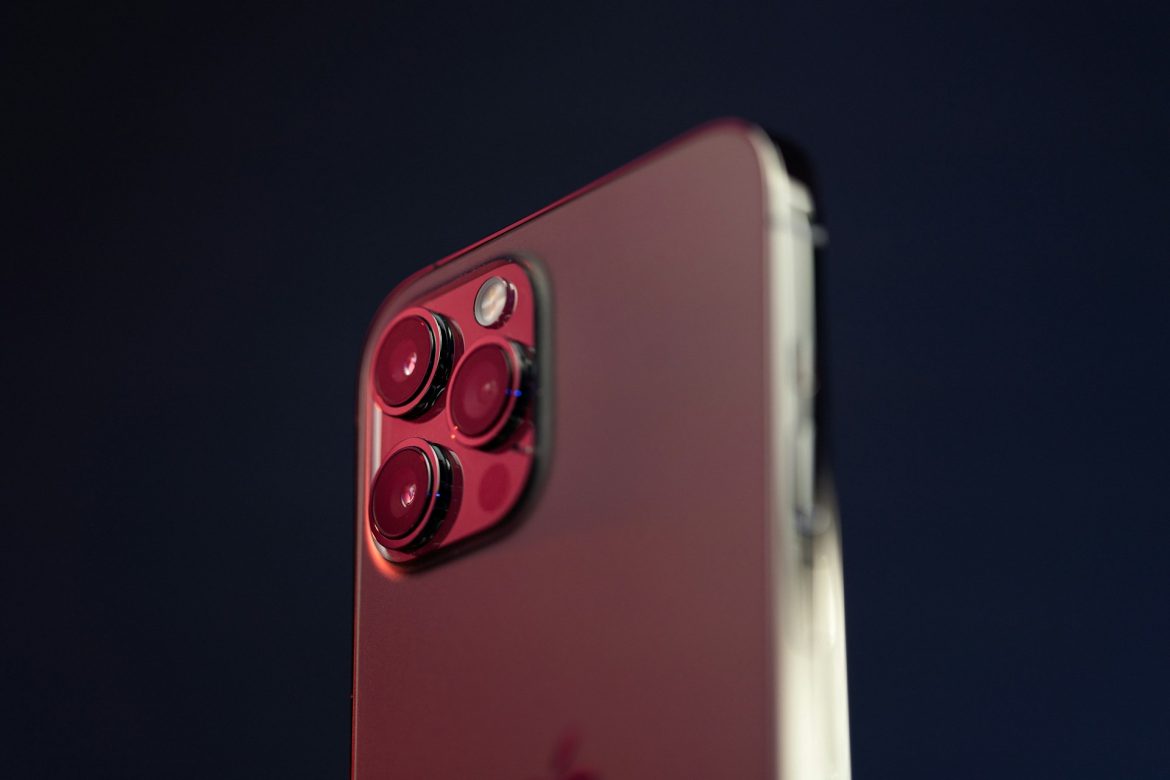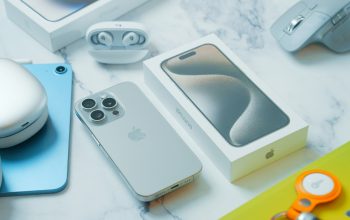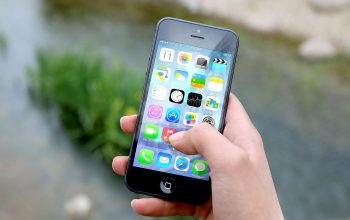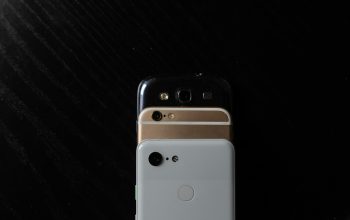Apple has continuously expanded the compatibility of 5G across the globe with each new iPhone release. However, there are several reasons why some users might choose to turn off 5G on their iPhones, including improved battery life. While 5G offers faster speeds, disabling it can offer certain benefits depending on your usage needs.
Steps to Turn Off 5G on iPhone
Regardless of whether you’re using the iPhone 15, iPhone 14, iPhone 13, or earlier models, Apple provides an option to disable 5G. By adjusting a specific setting, you can opt out of using the fastest mobile data connection available. The process involves a simple tweak in your phone’s settings.
To disable 5G, follow these steps:
- Open the Settings app.
- Navigate to Cellular.
- Select Cellular Data Options.
- Tap Voice & Data.
- Choose LTE to turn off 5G and use 4G LTE connectivity.
Apple also gives you the choice to either keep 5G enabled at all times or to use the default 5G Auto mode, which automatically selects 5G when available and beneficial.
How to Confirm 5G is Disabled on Your iPhone
To verify that 5G is turned off on your iPhone, go to:
- Settings > Cellular > Cellular Data Options and check whether LTE is selected instead of 5G.
Another way to confirm is by looking at the signal strength icon at the top of your screen. If it displays 4G/LTE instead of a 5G icon in an area where 5G is supported, then 5G is turned off.
Additionally, if you have enabled Low Power Mode on your iPhone, the system automatically disables 5G to save battery. This feature is particularly useful for iPhone 14 and iPhone 15 models, as it conserves power by reducing network usage. For iPhone 12 and iPhone 13 users, 5G may still activate for certain data-heavy tasks like streaming videos or large file downloads, even in Low Power Mode.
5G Modems in iPhones: Performance Overview
Starting with the iPhone 12, every iPhone model supports 5G connectivity, boasting different top speeds depending on the model. The iPhone 13, for instance, utilizes Qualcomm’s Snapdragon X60 5G modem, capable of download speeds up to 7.5 Gbps. Meanwhile, the iPhone 14 and iPhone 15 Pro Max, equipped with the X70 modem, can theoretically reach download speeds of up to 10 Gbps.
However, such impressive speed claims largely depend on the availability of 5G infrastructure in your region and your carrier’s network capabilities.
Should You Disable 5G on Your iPhone?
One of the main reasons to disable 5G is to extend your iPhone’s battery life. When Low Power Mode kicks in and automatically turns off 5G, it’s a clear indication that the constant communication between your phone and 5G networks consumes more power compared to 4G LTE.
Tests conducted by Ookla revealed that 5G drains battery faster than LTE. In a side-by-side comparison using the iPhone 13, performing the same tasks resulted in a more significant battery drain when connected to 5G than when using 4G LTE.
5G vs 4G LTE: What’s the Difference?
While 5G is celebrated for its faster data speeds, this speed comes at a cost—primarily, a higher power consumption. On the other hand, 4G LTE offers slower speeds but is generally less taxing on your battery. If you aren’t frequently using apps or features that require lightning-fast internet speeds, switching to 4G LTE might be a more practical option, especially if you want to extend your battery life throughout the day.
In conclusion, although 5G is a cutting-edge feature that enhances your mobile experience, it’s not always necessary to have it on all the time. By following the steps to turn off 5G on your iPhone, you can better manage your device’s battery life and still enjoy reliable 4G LTE connectivity when needed.



